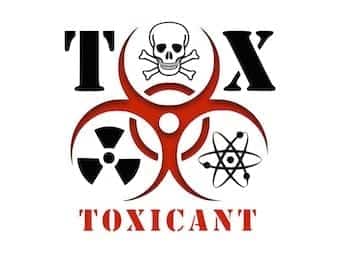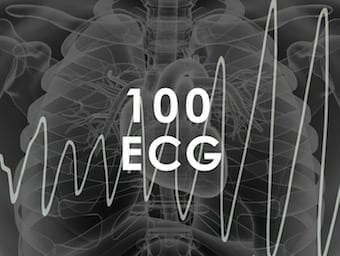
Benzodiazepine toxicity
We discuss the management of benzodiazepine overdose including zopiclone and zolpidem as which carefully selected cases to use flumazenil. Benzodiazepines are a frequent presentation either as a single ingesting or in combination. With good supportive care prognosis is excellent.

